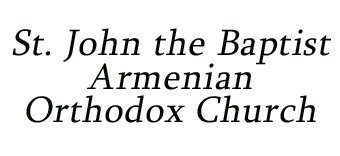RIBBONS OF LOVE
I read this story about a traveler who found himself sitting next to a man on a train. The man looked burdened, weighed down by something heavy—something no one should carry alone. After sitting in silence for a while, the man finally opened up. He had just been released from prison and, in that moment of vulnerability, also admitted that his imprisonment had brought shame on his family and that they had neither visited him nor written much.
He tried to convince himself that maybe they were just too poor to make the trip or too uneducated to write. And before his release, he wrote one last letter to his family suggesting that if his family had forgiven him, they should put up a white ribbon in the big apple tree near the tracks as a signal. If they didn’t want him back, they were to do nothing; he would understand, stay on the train, and head West.
